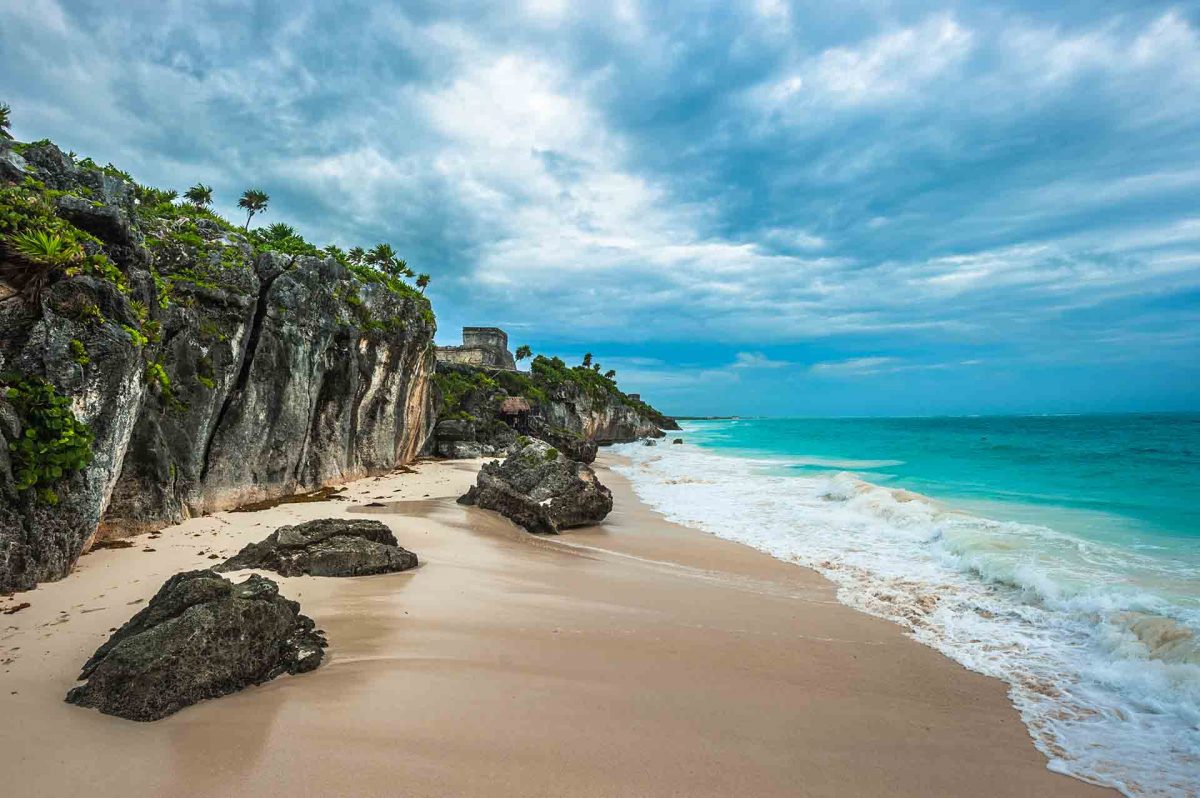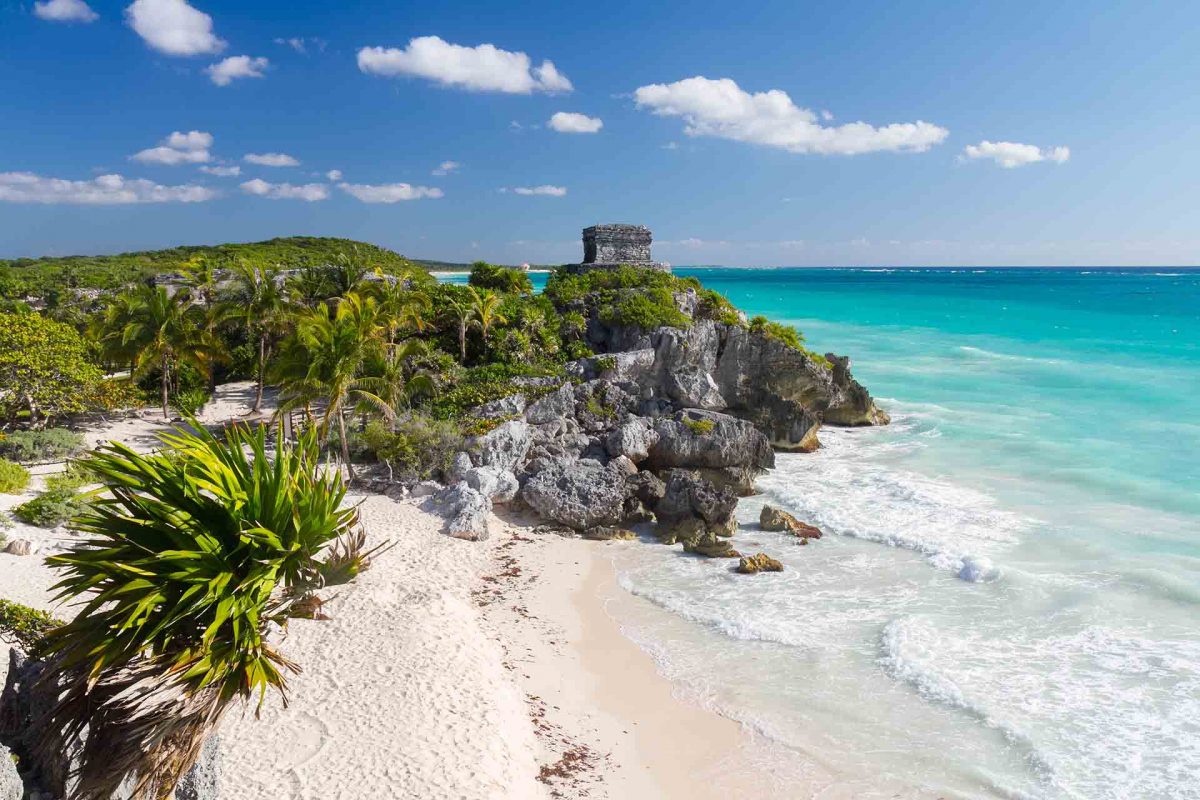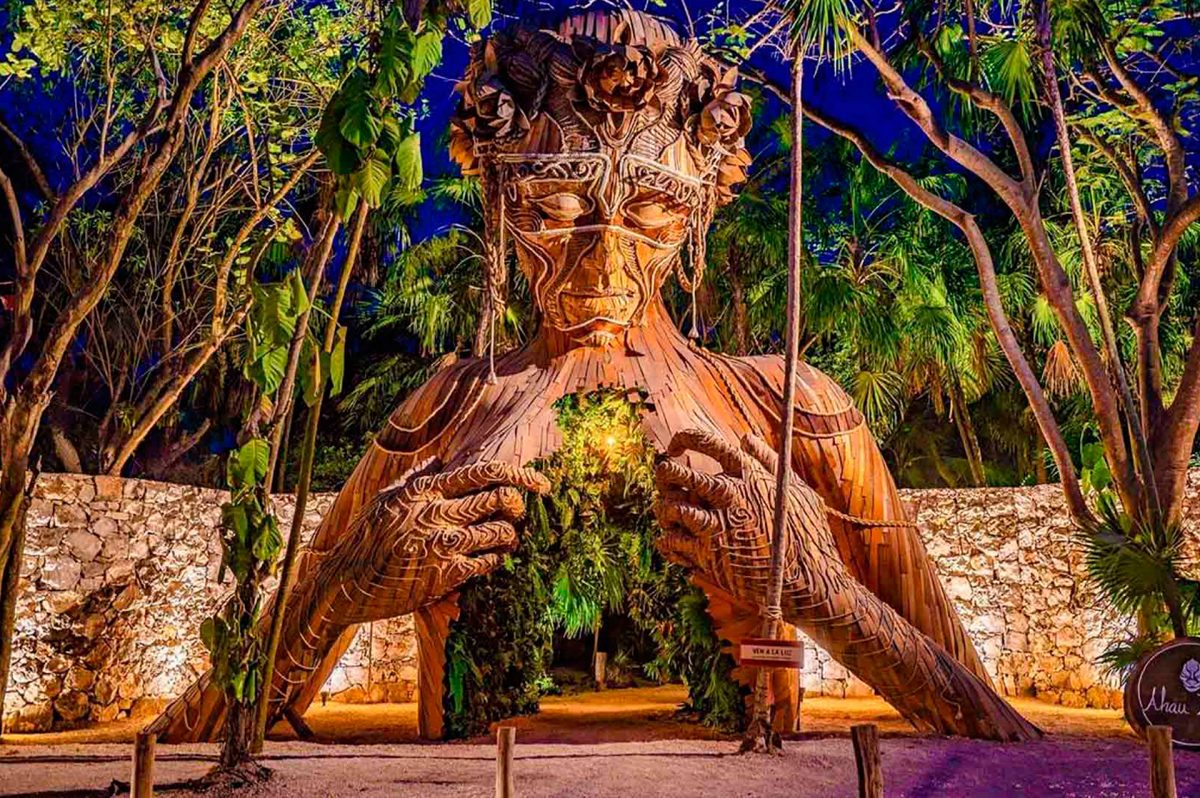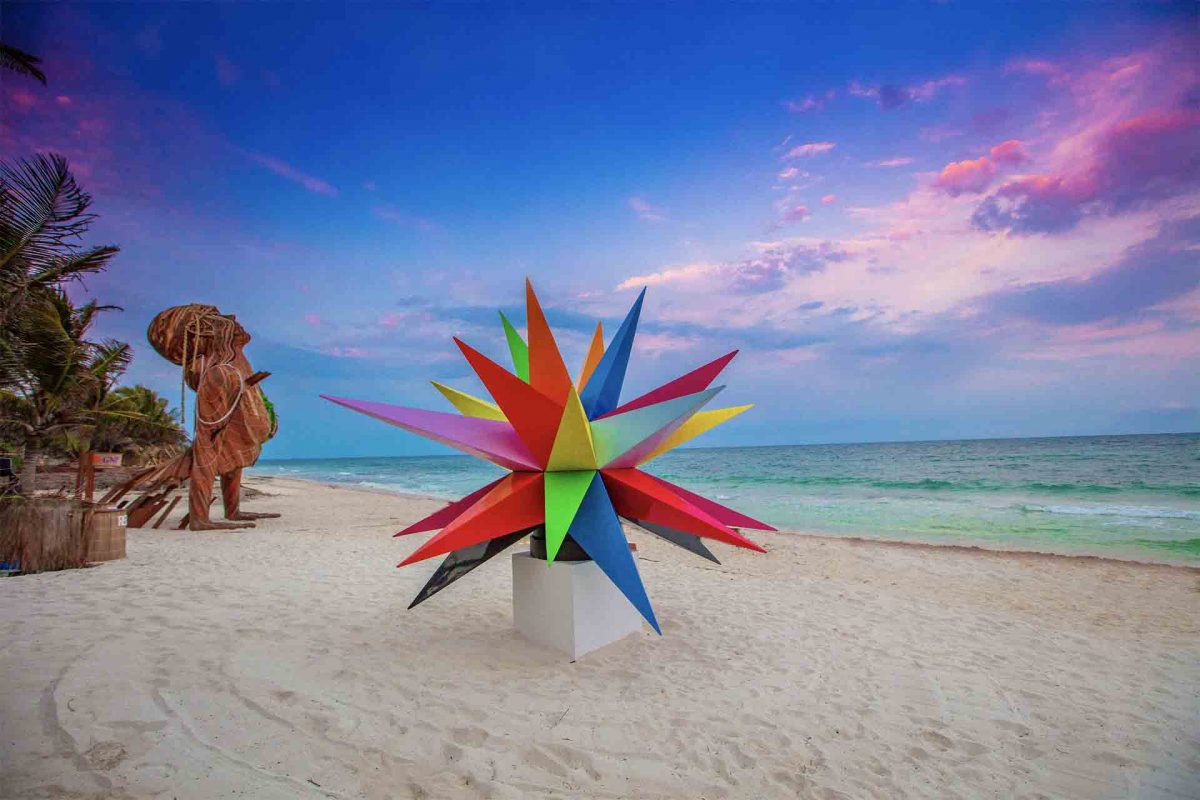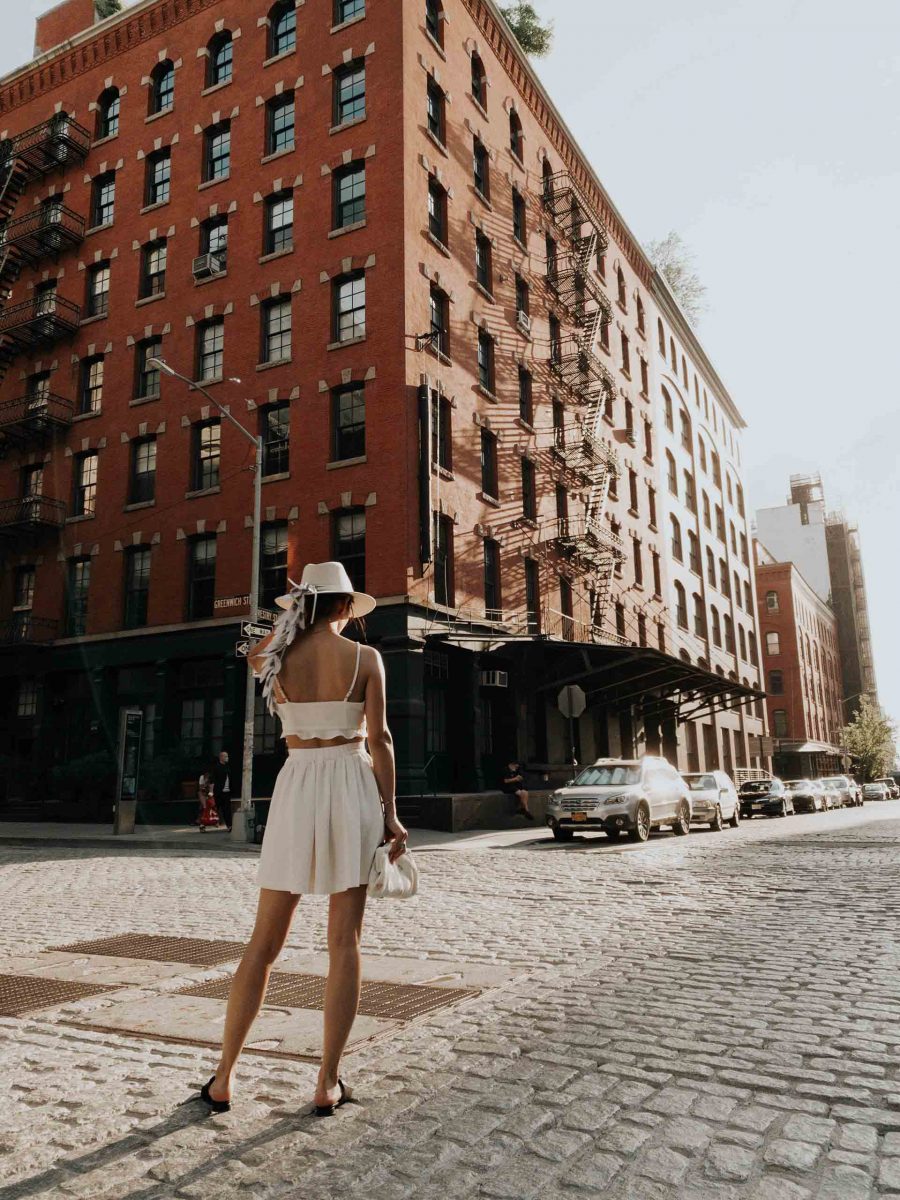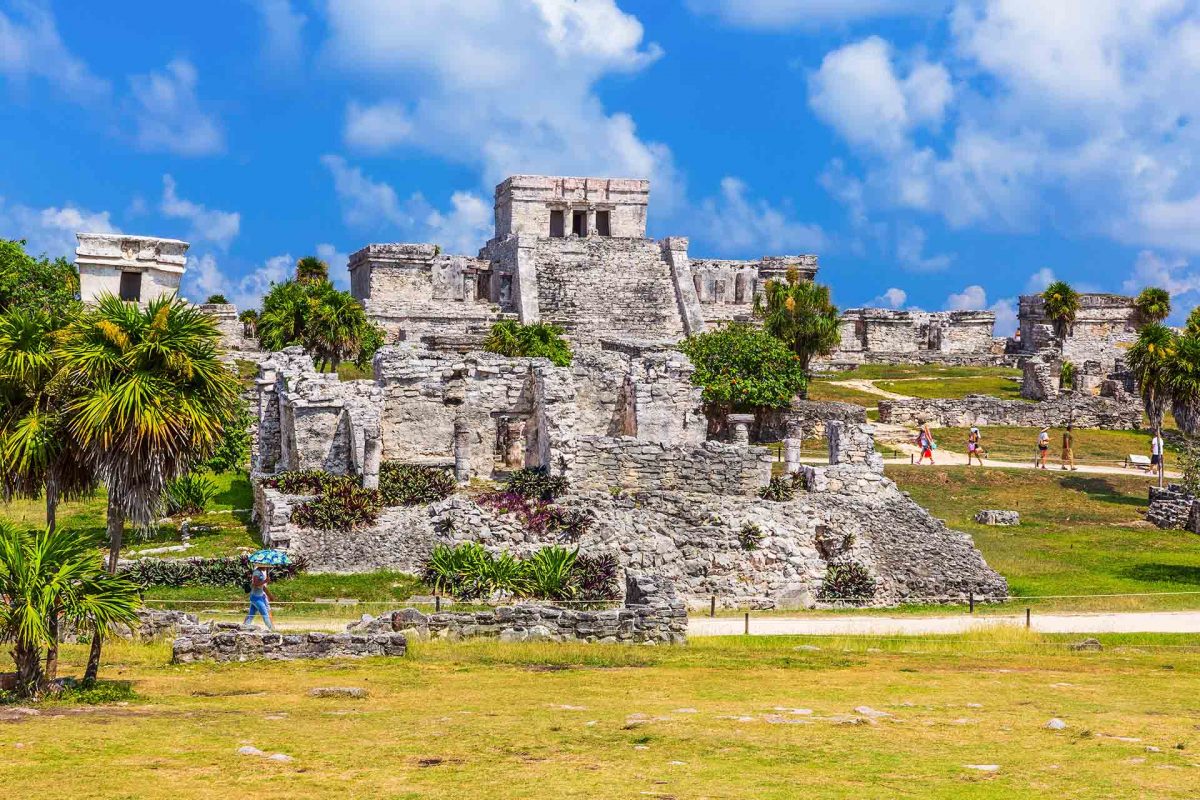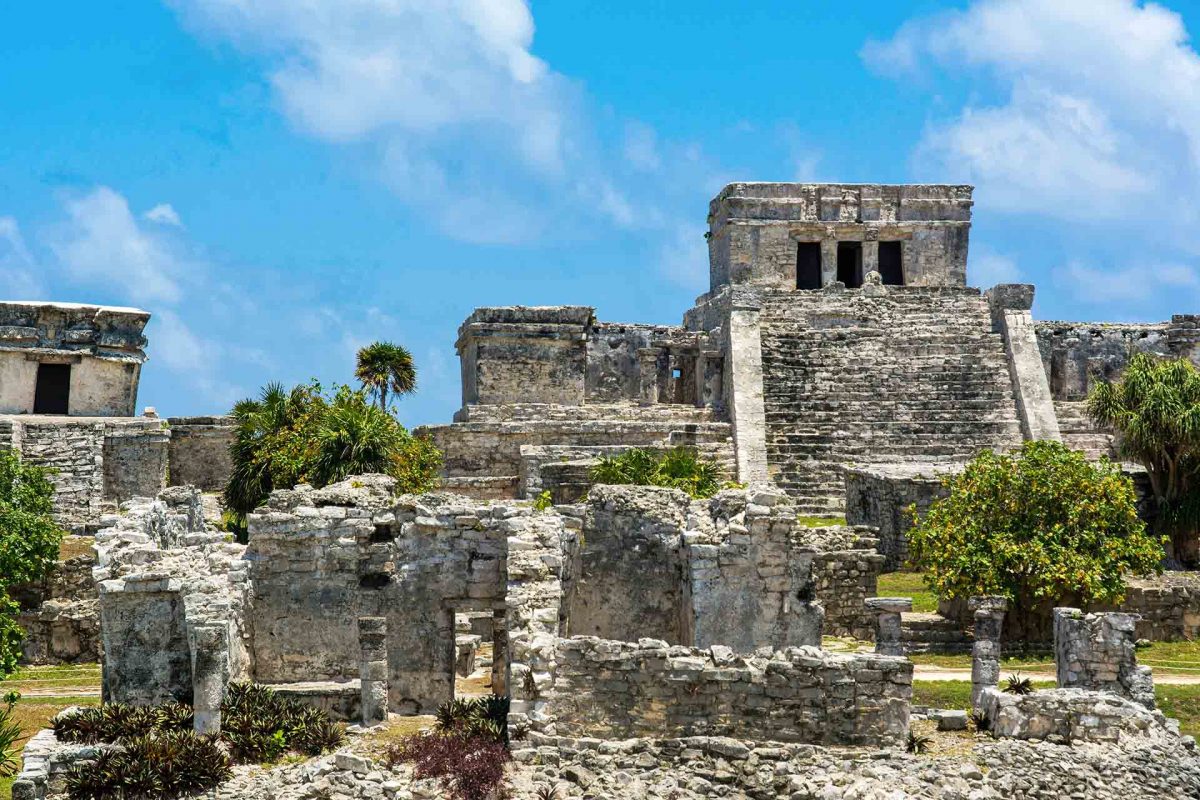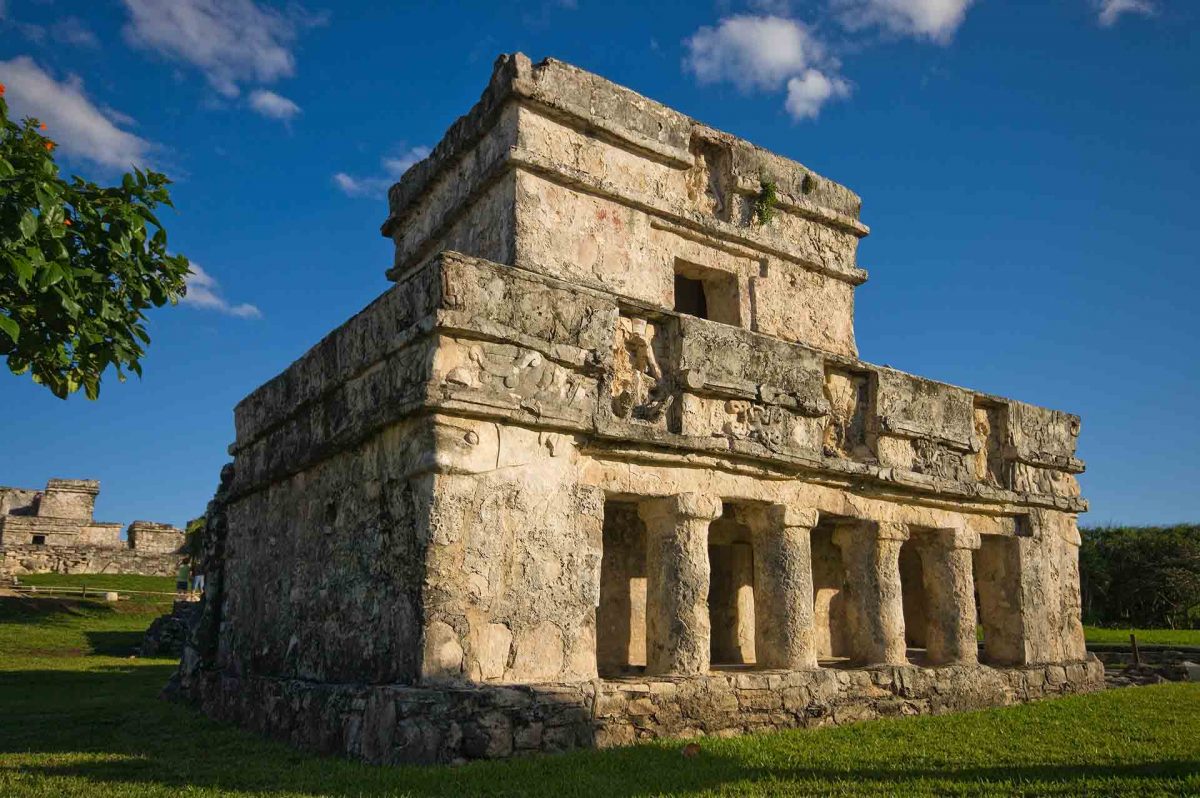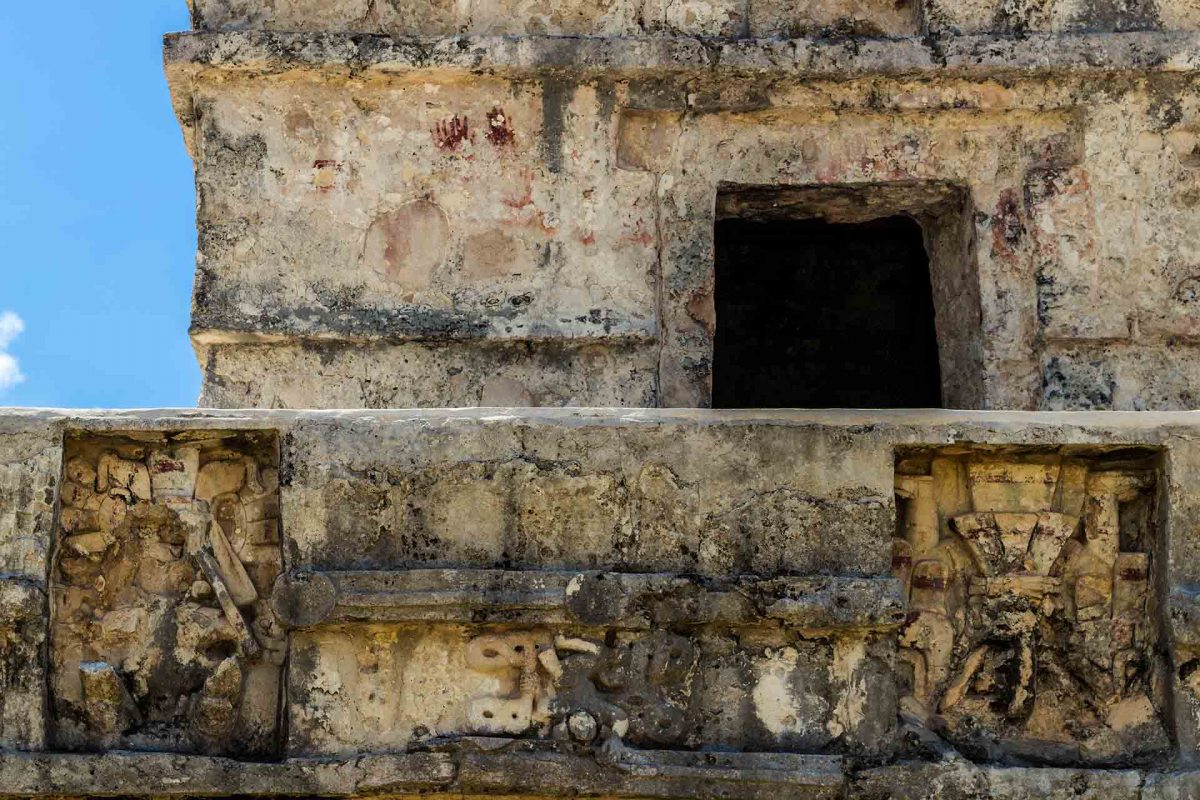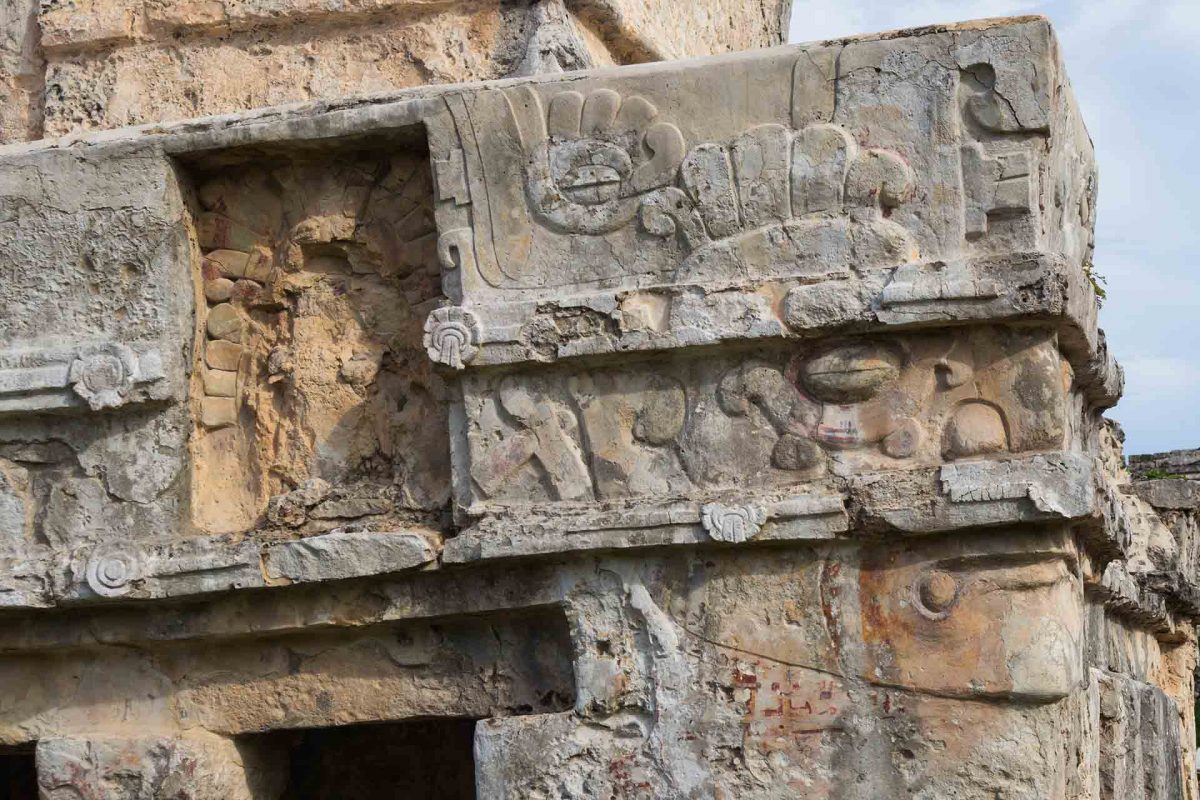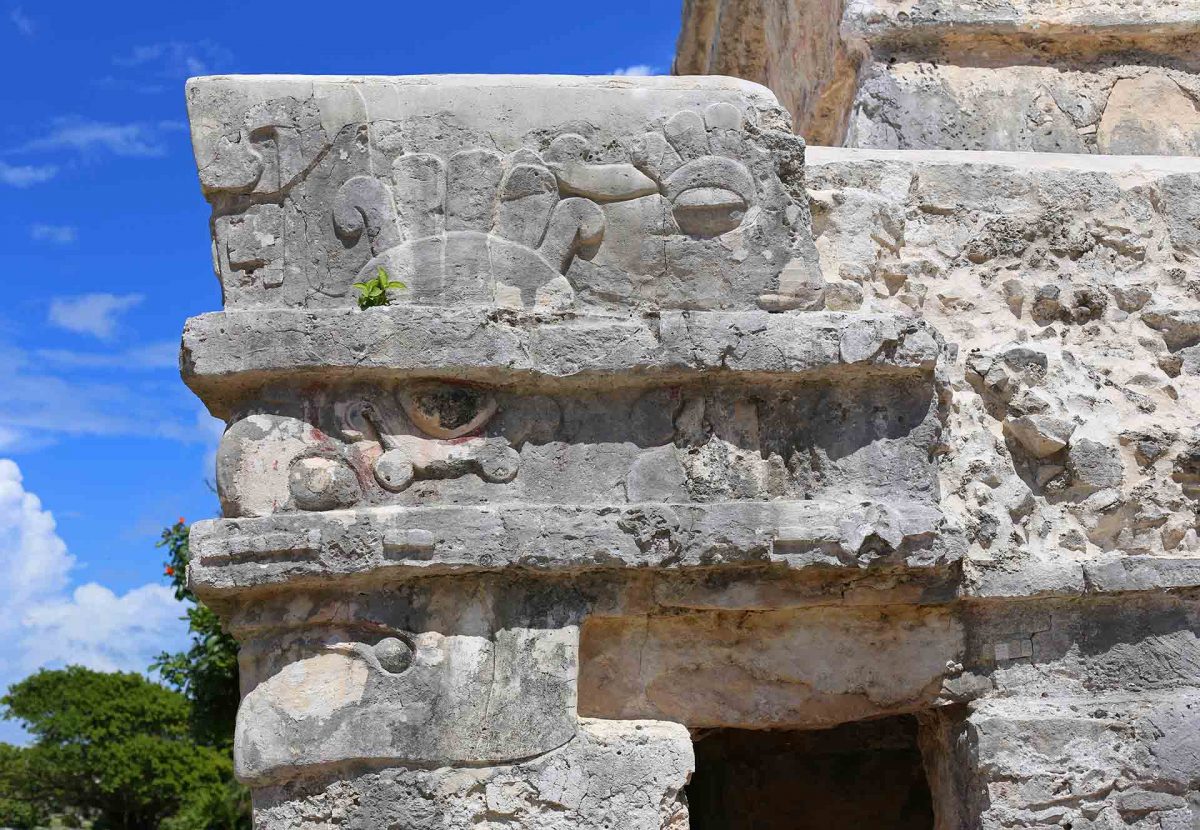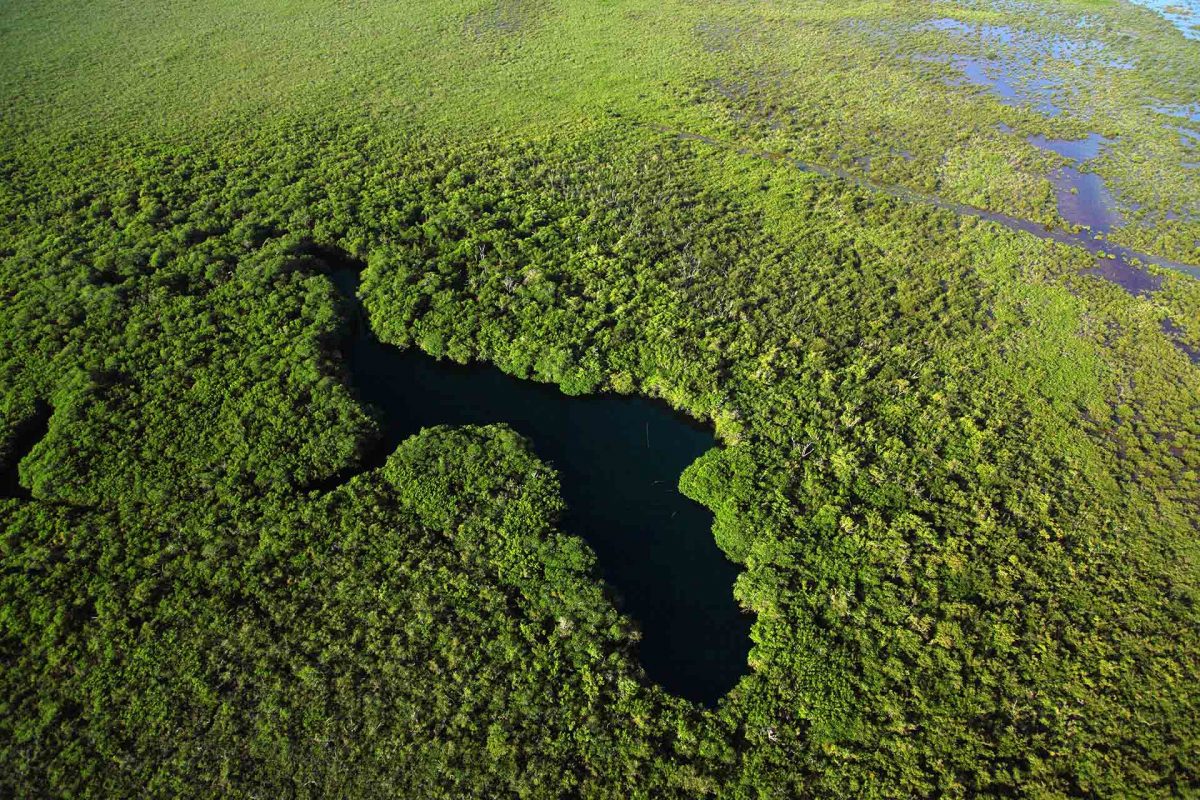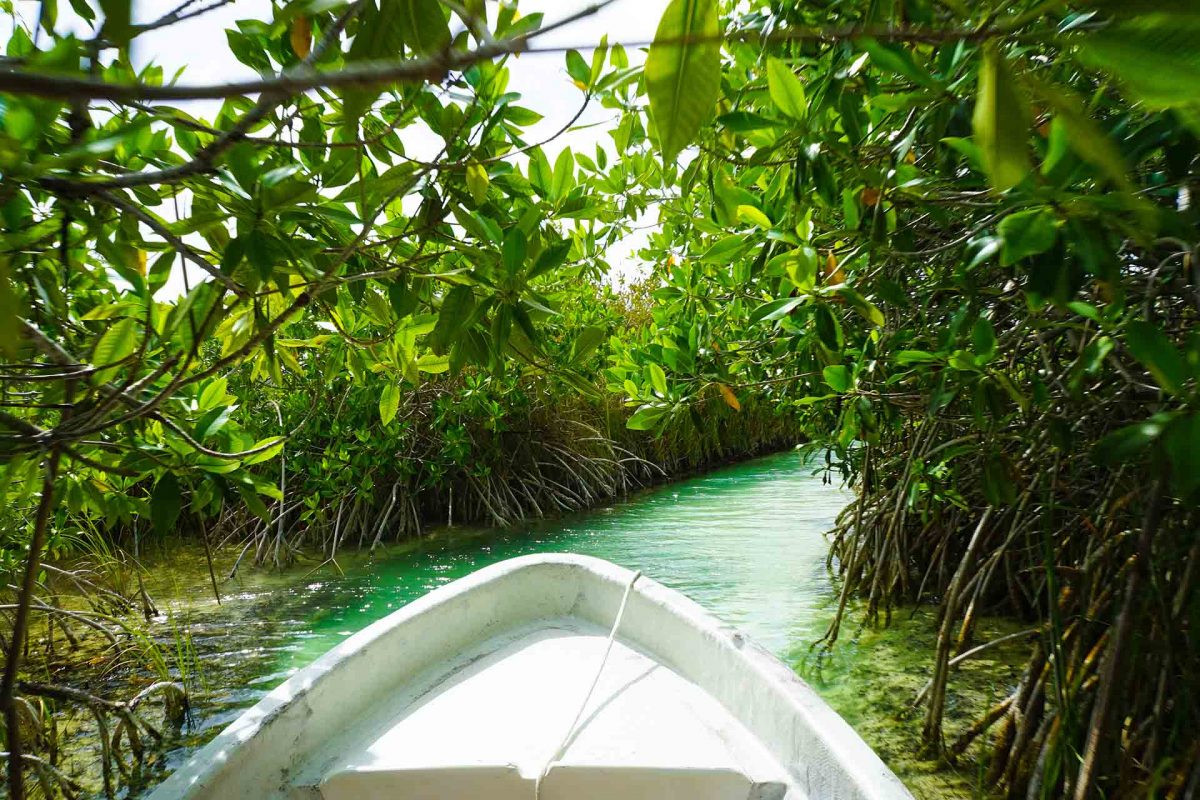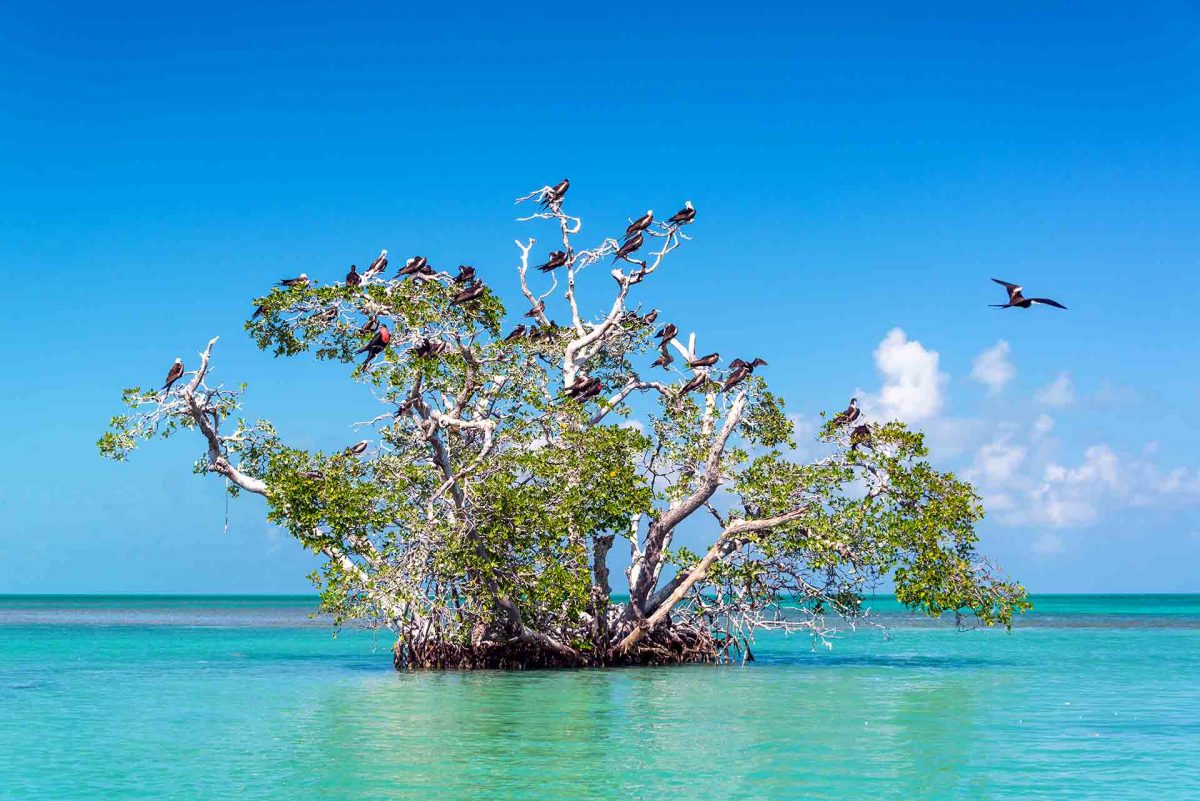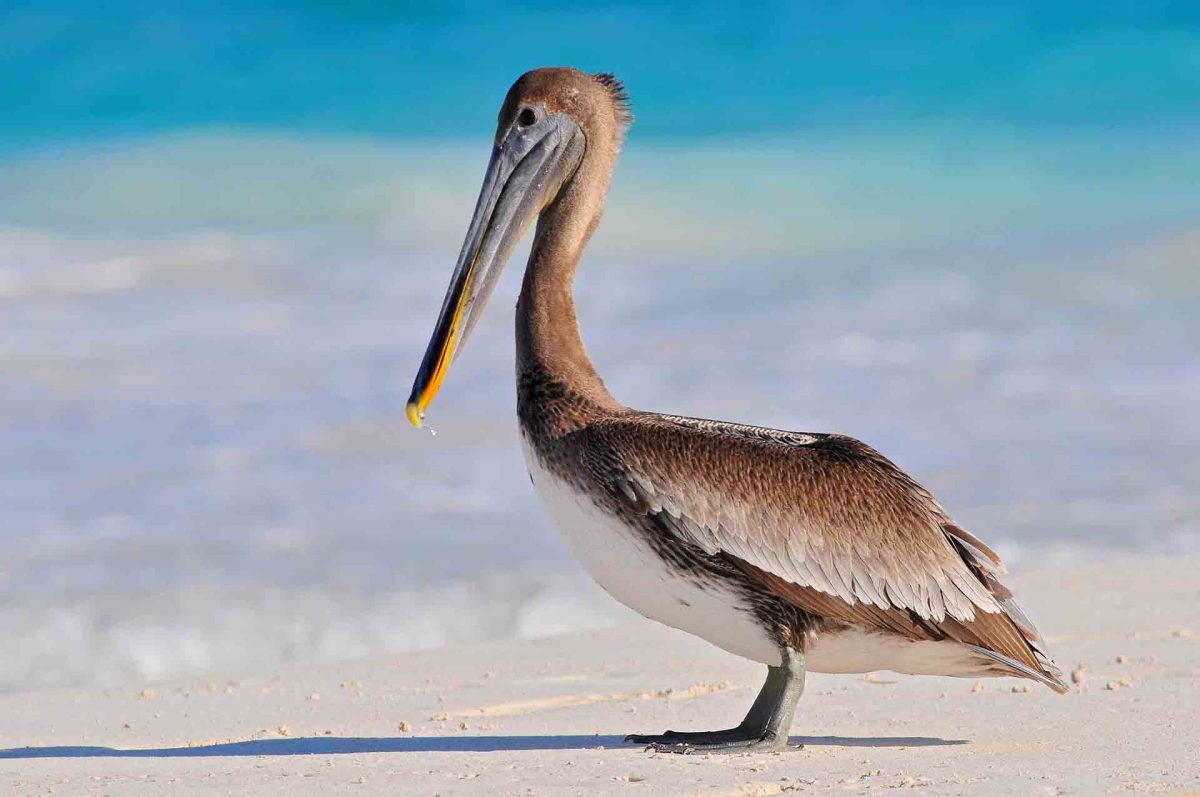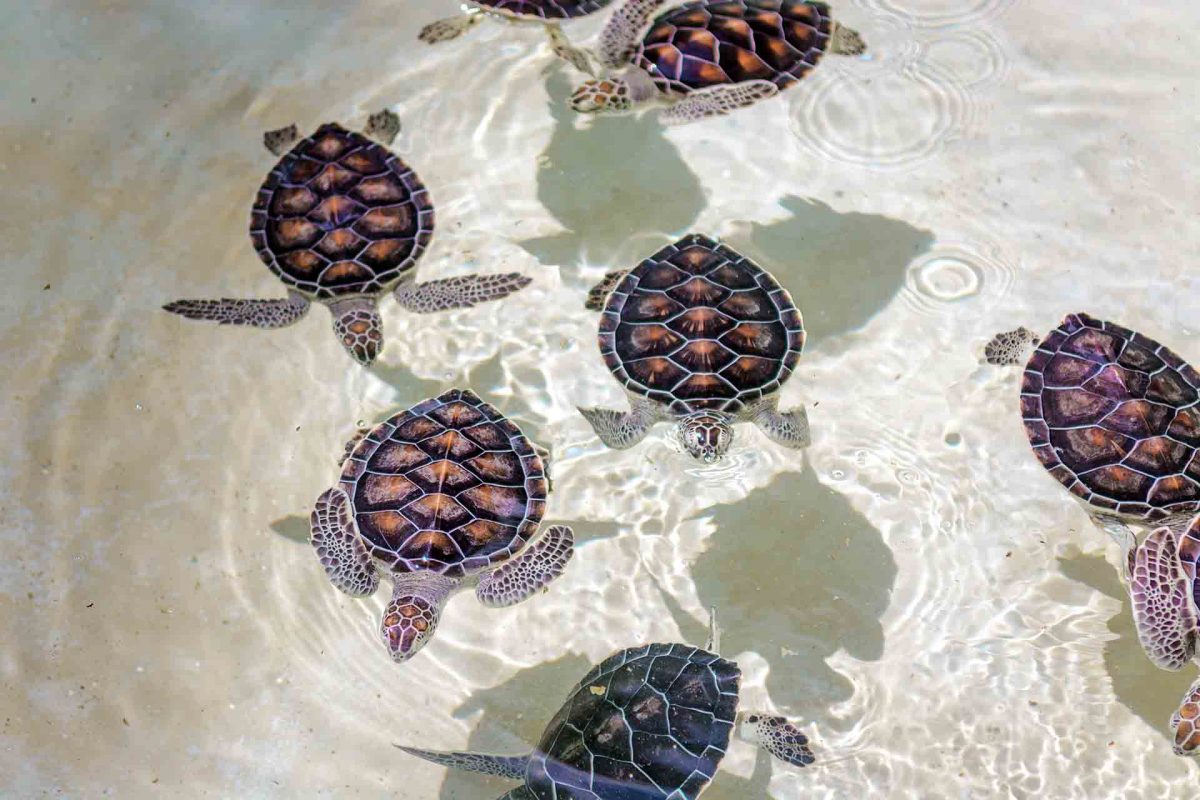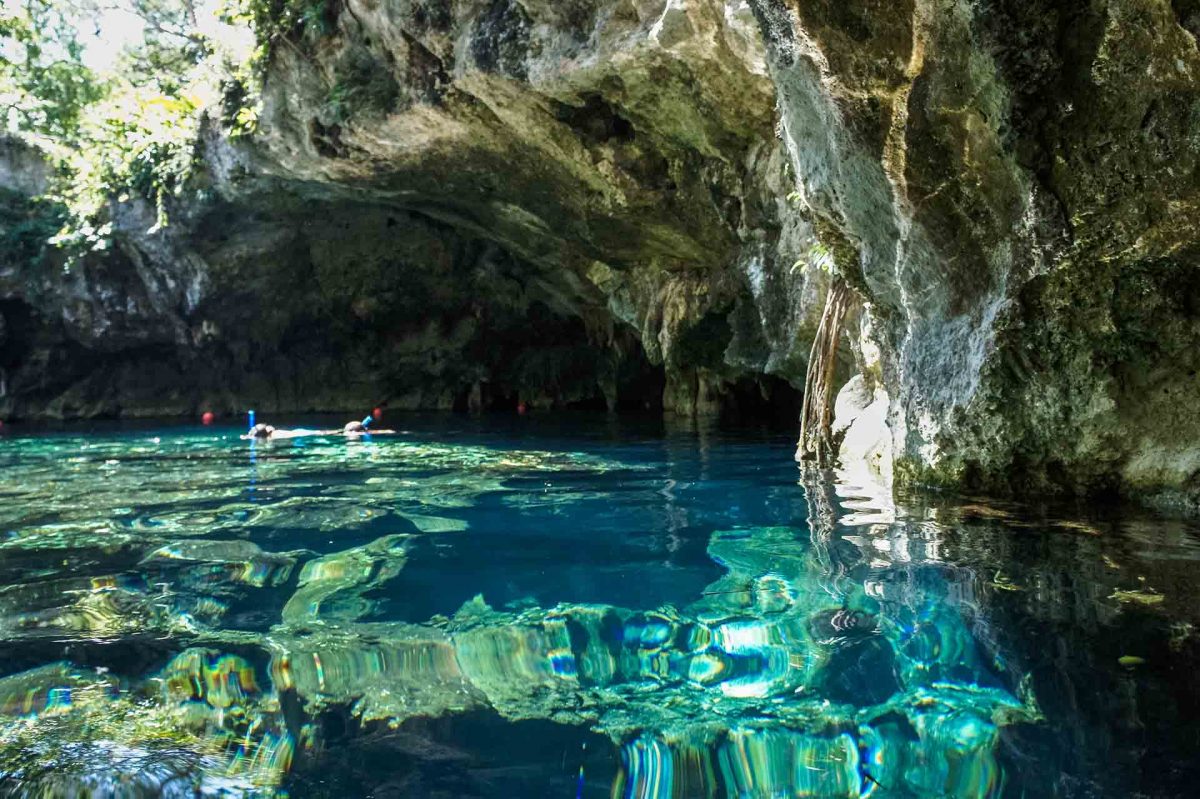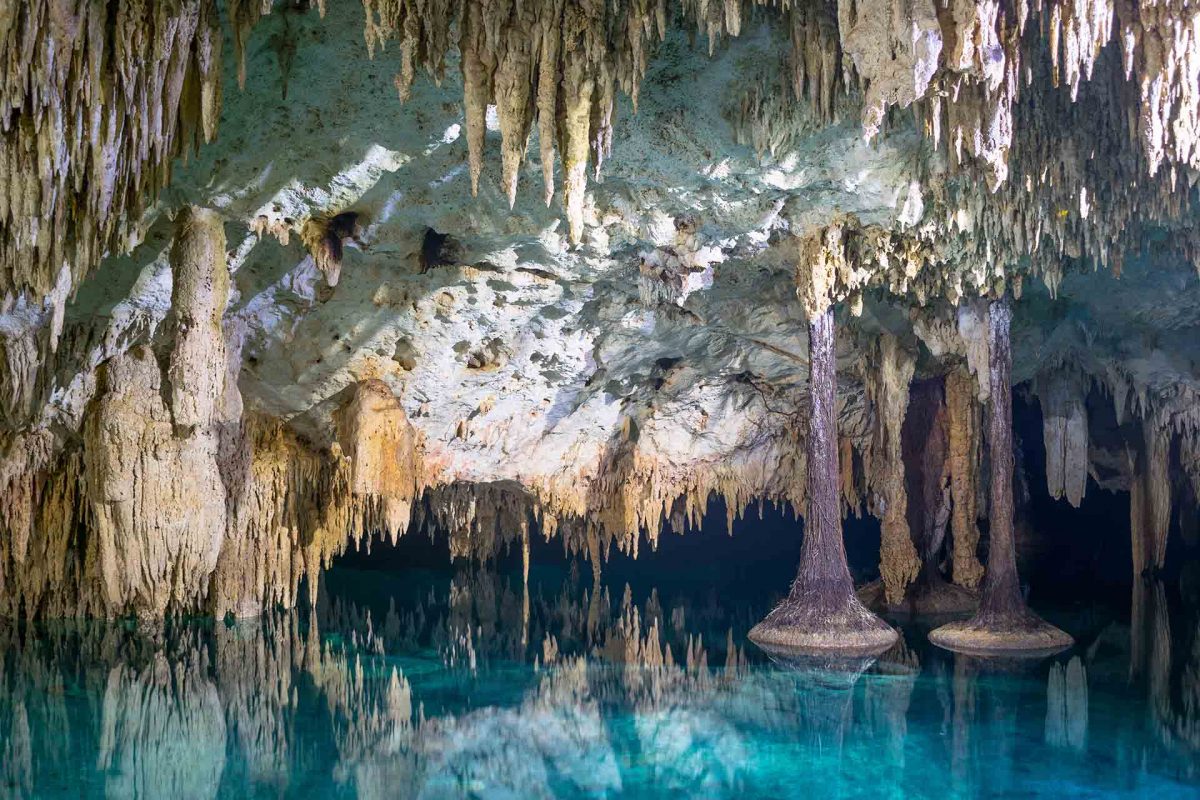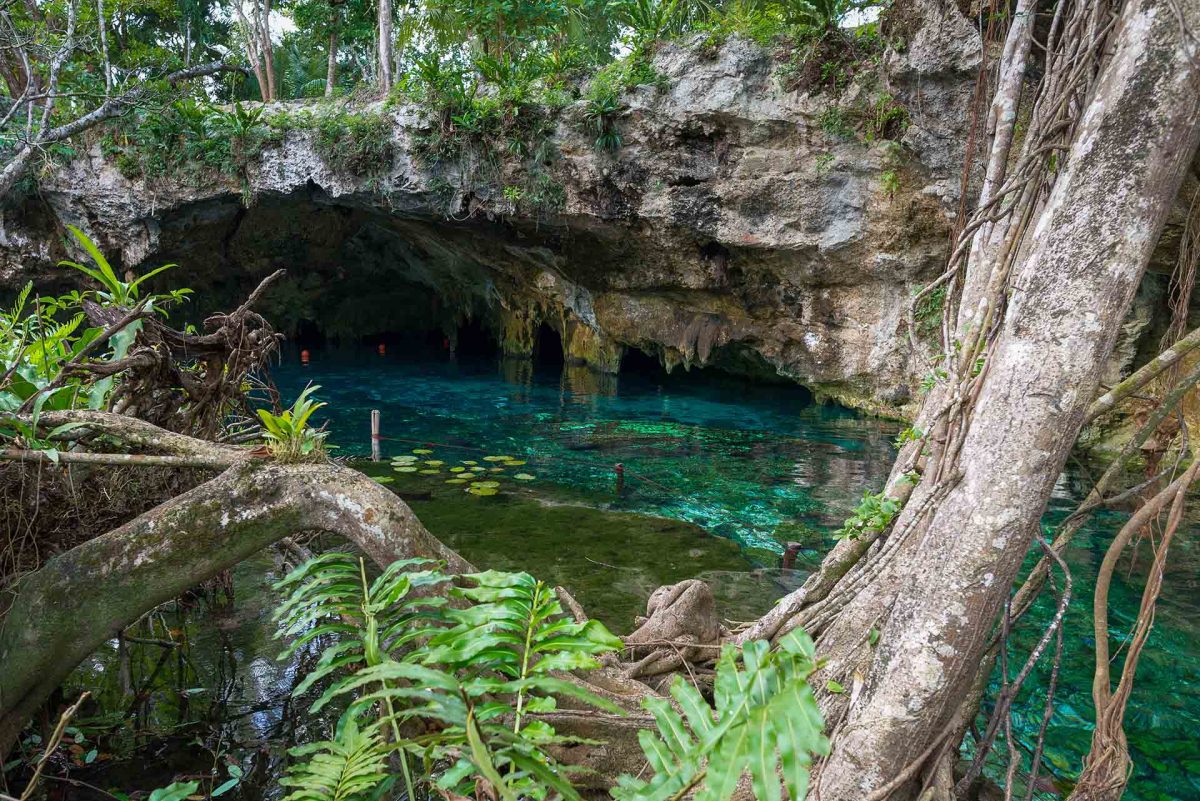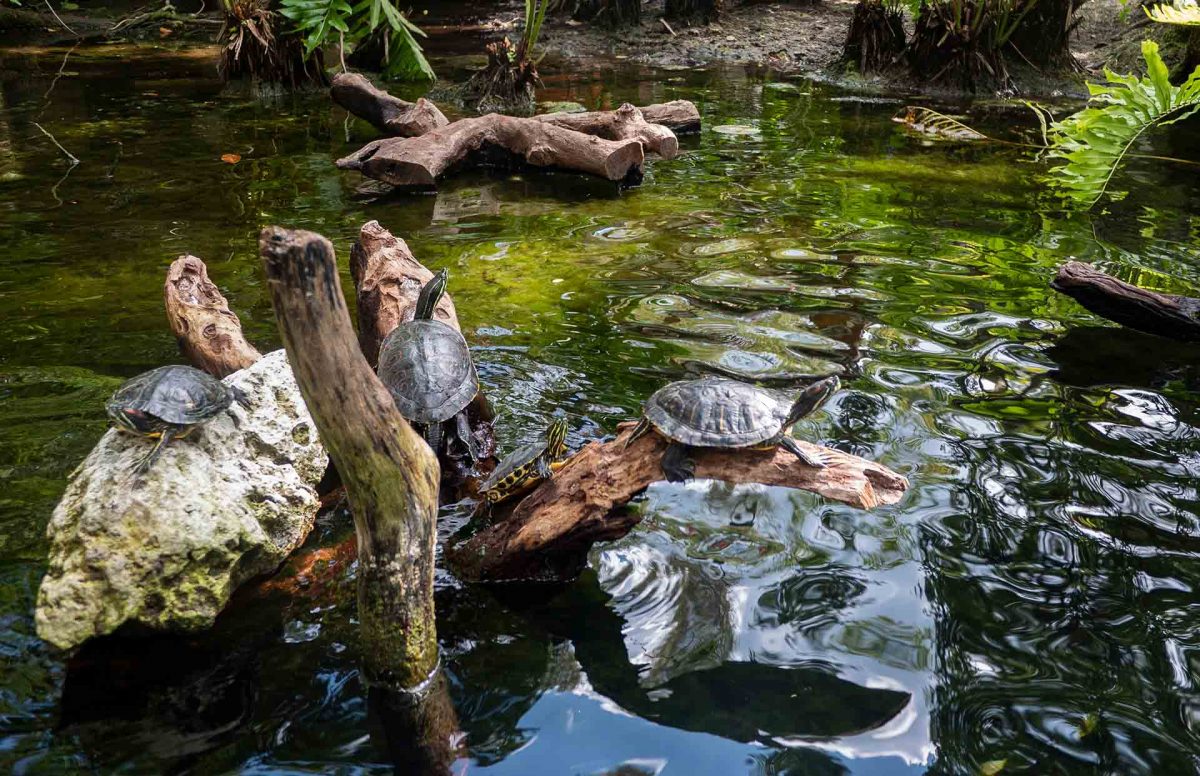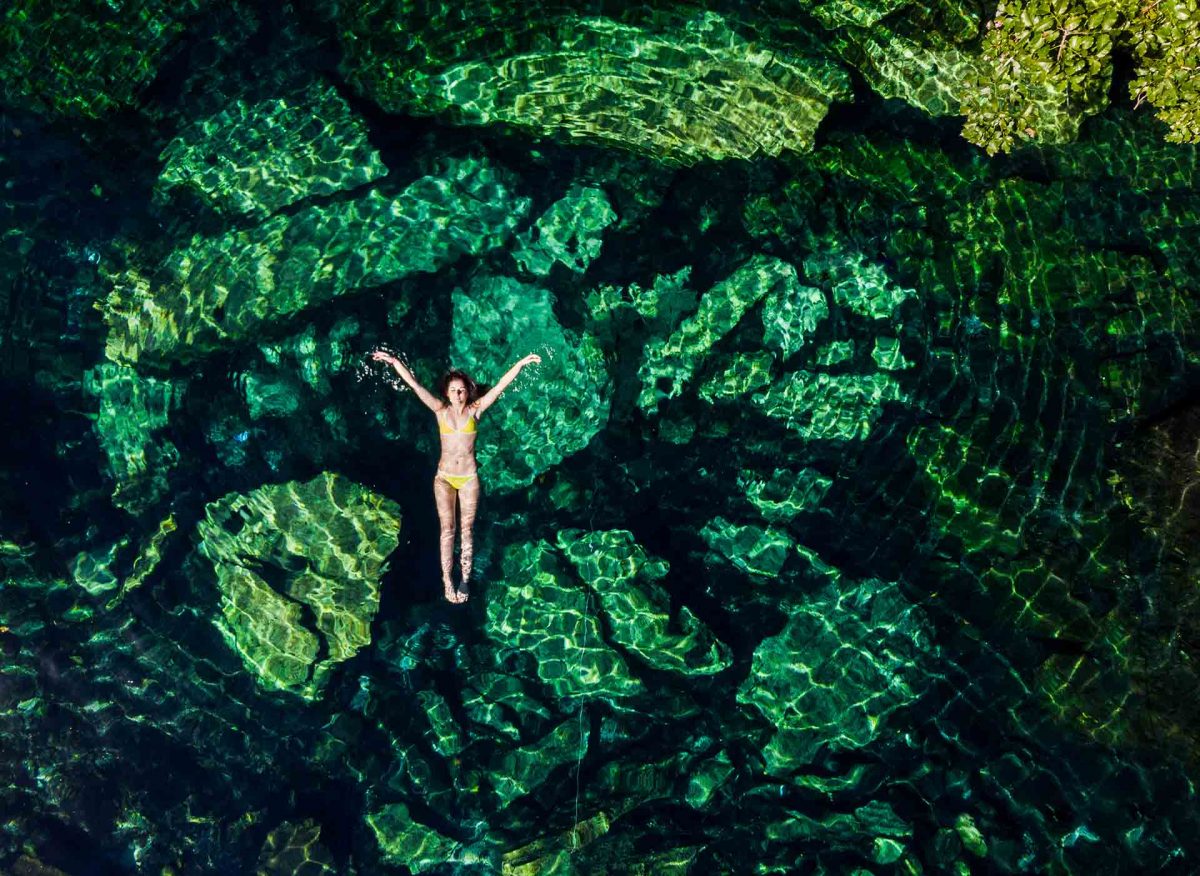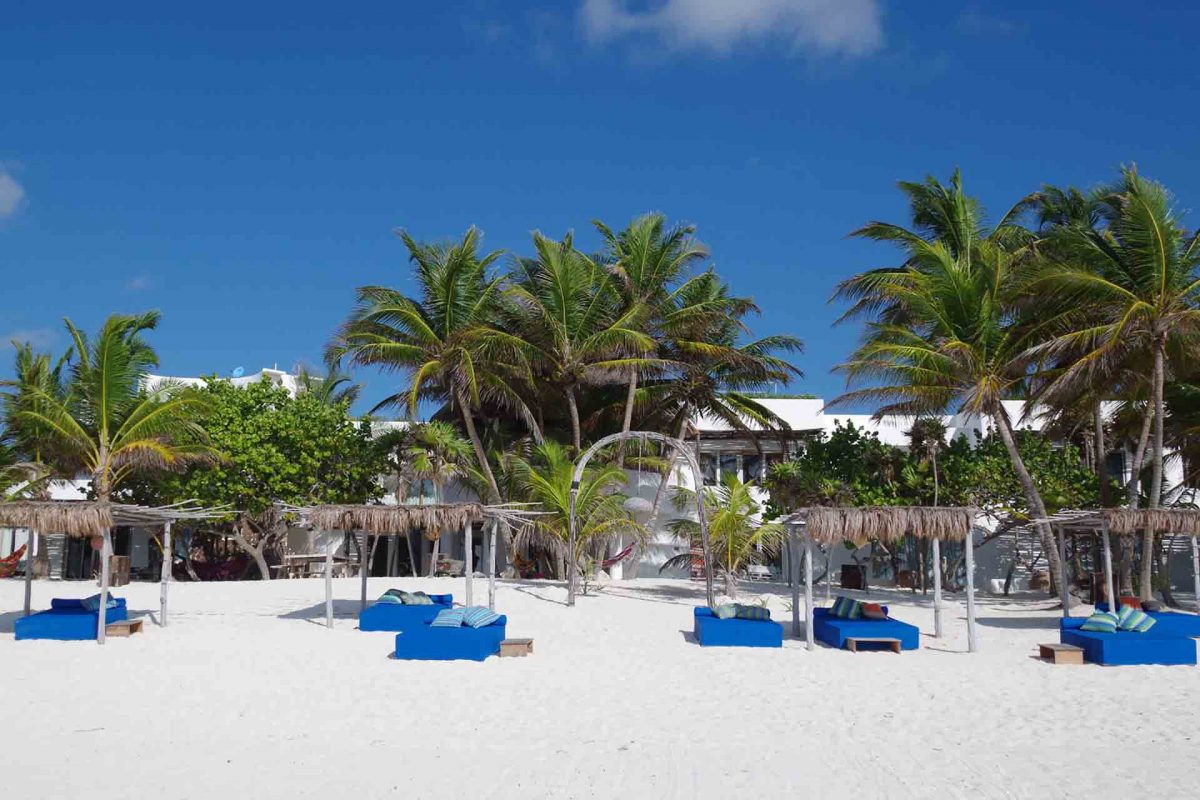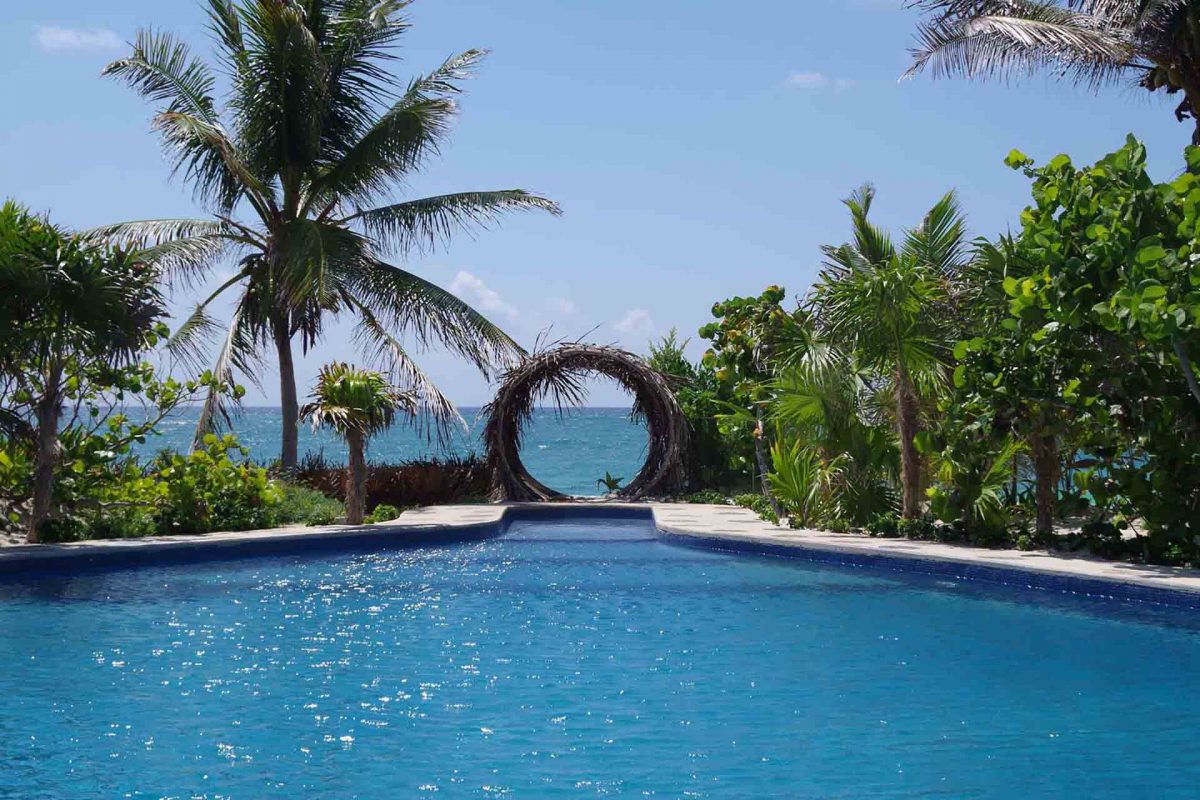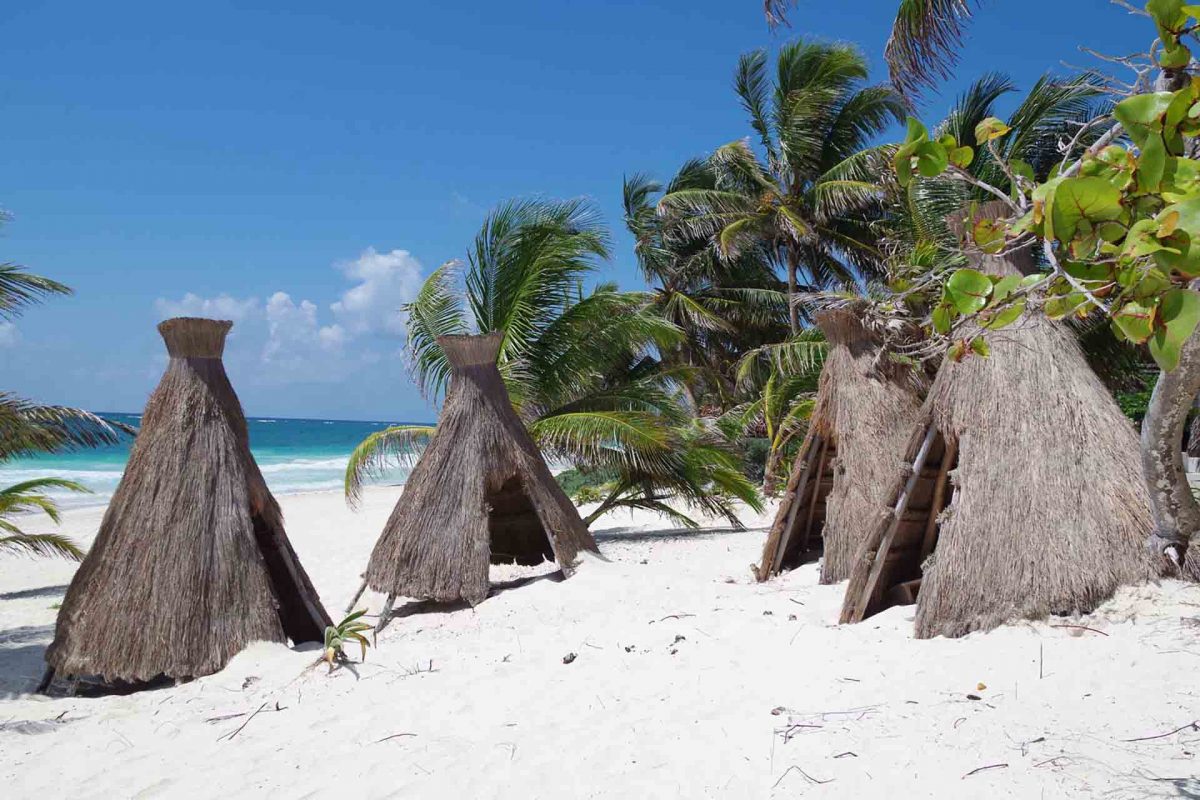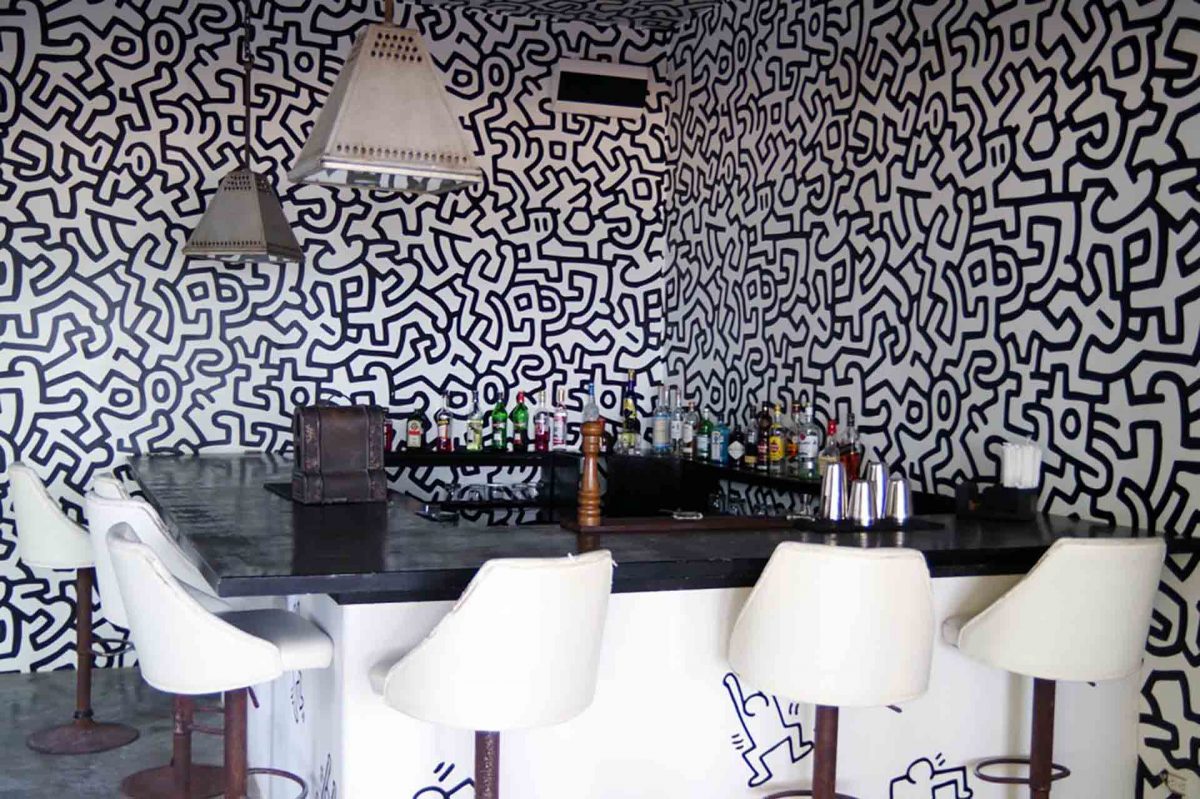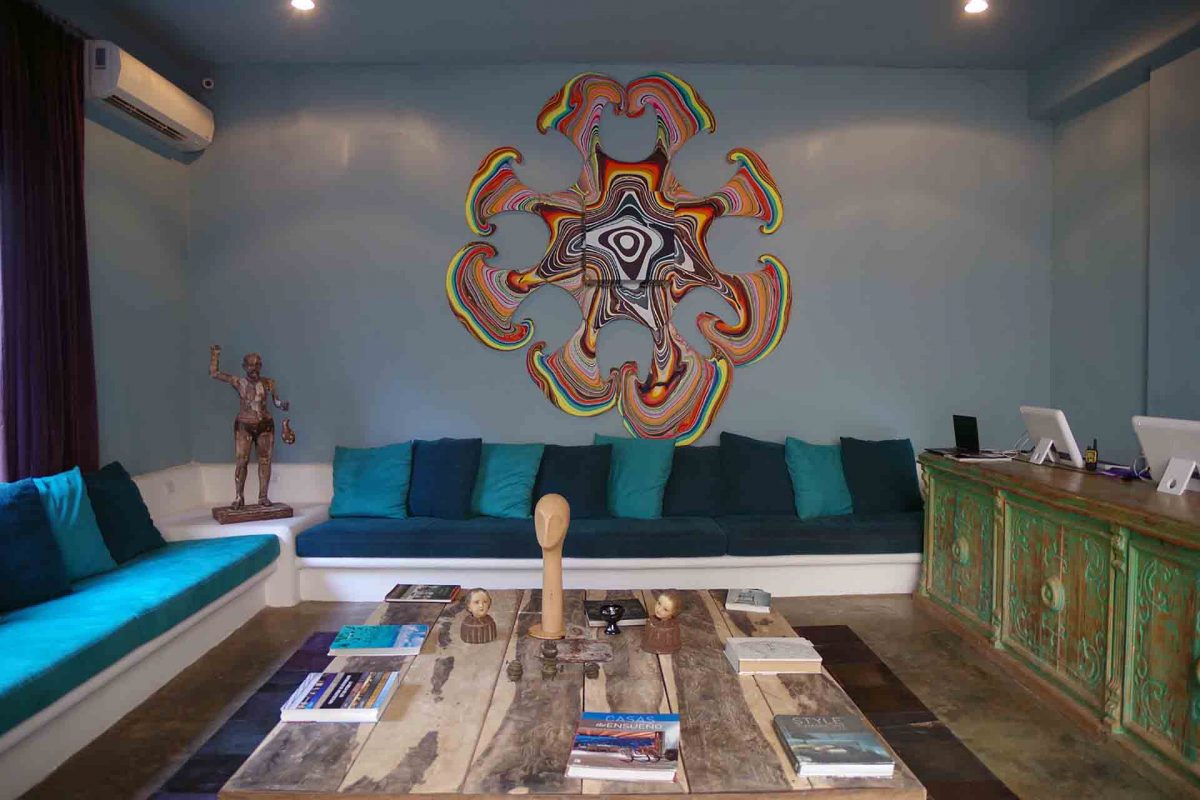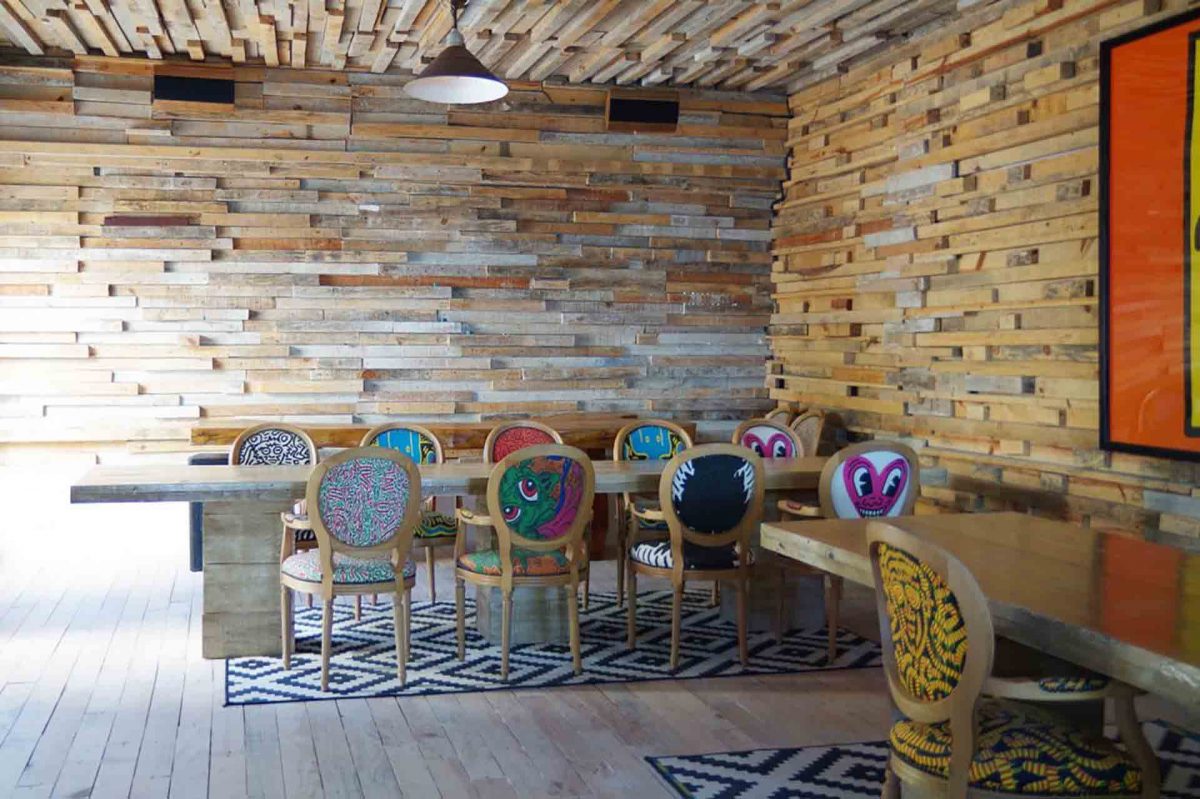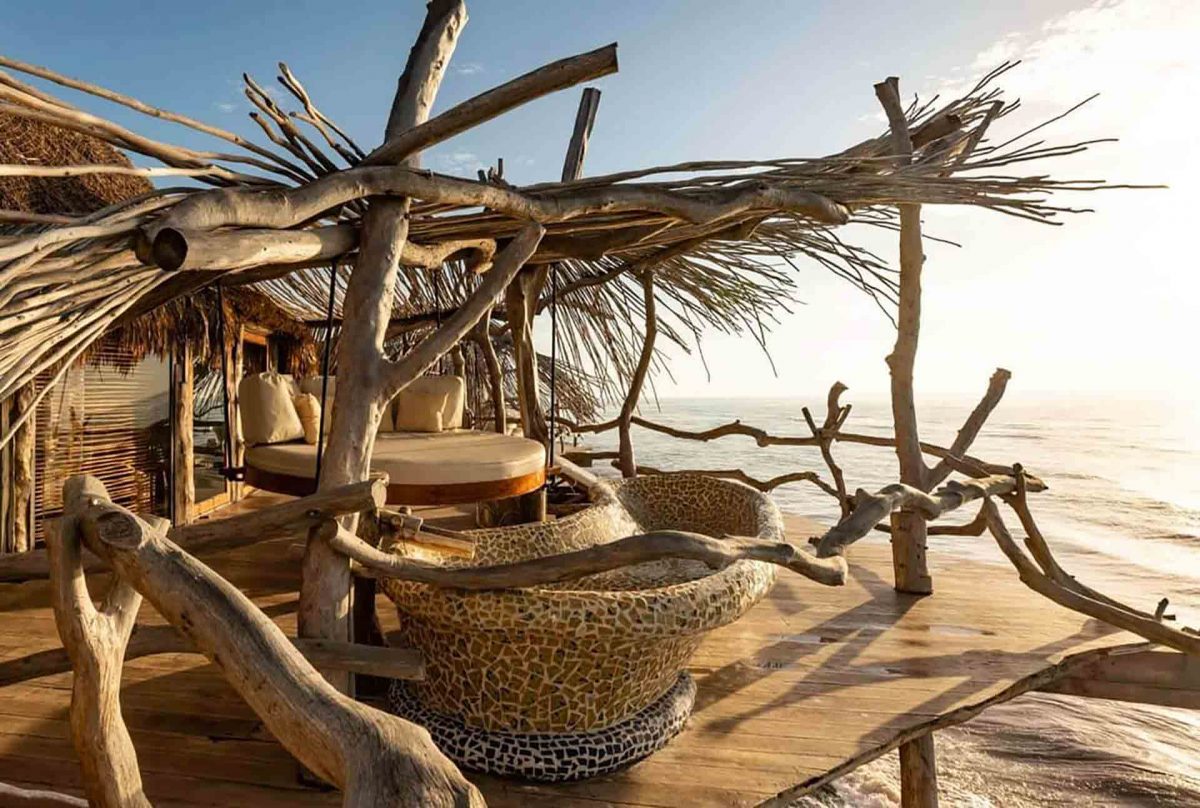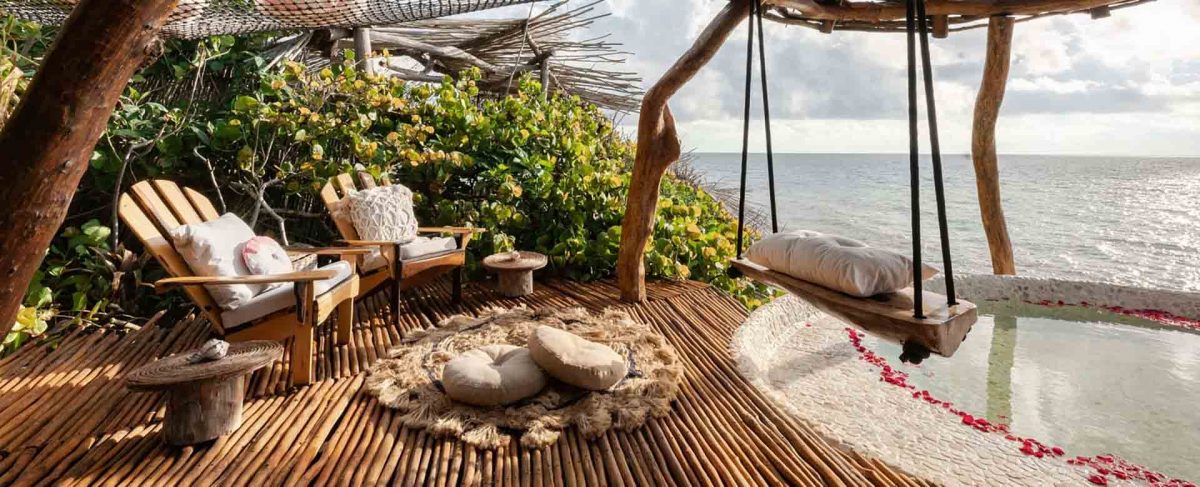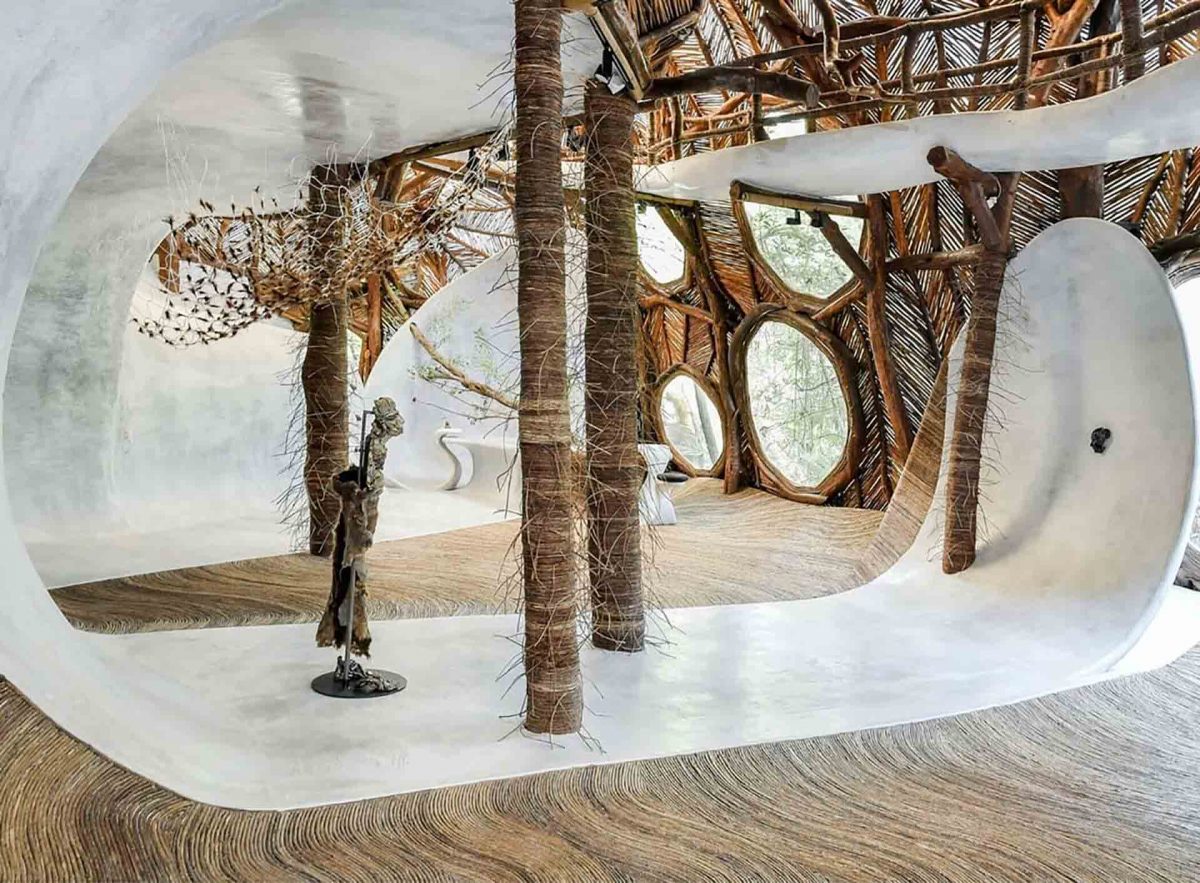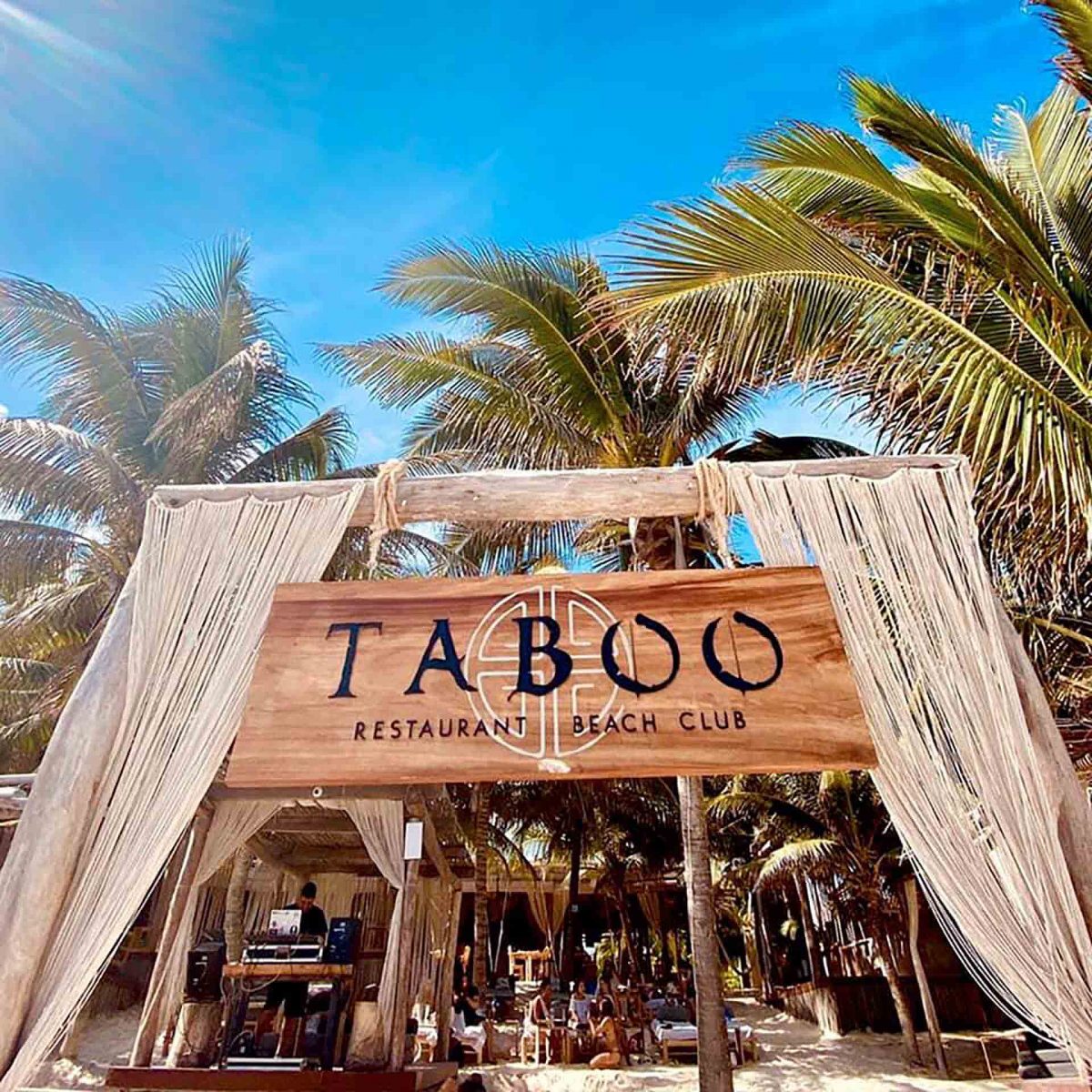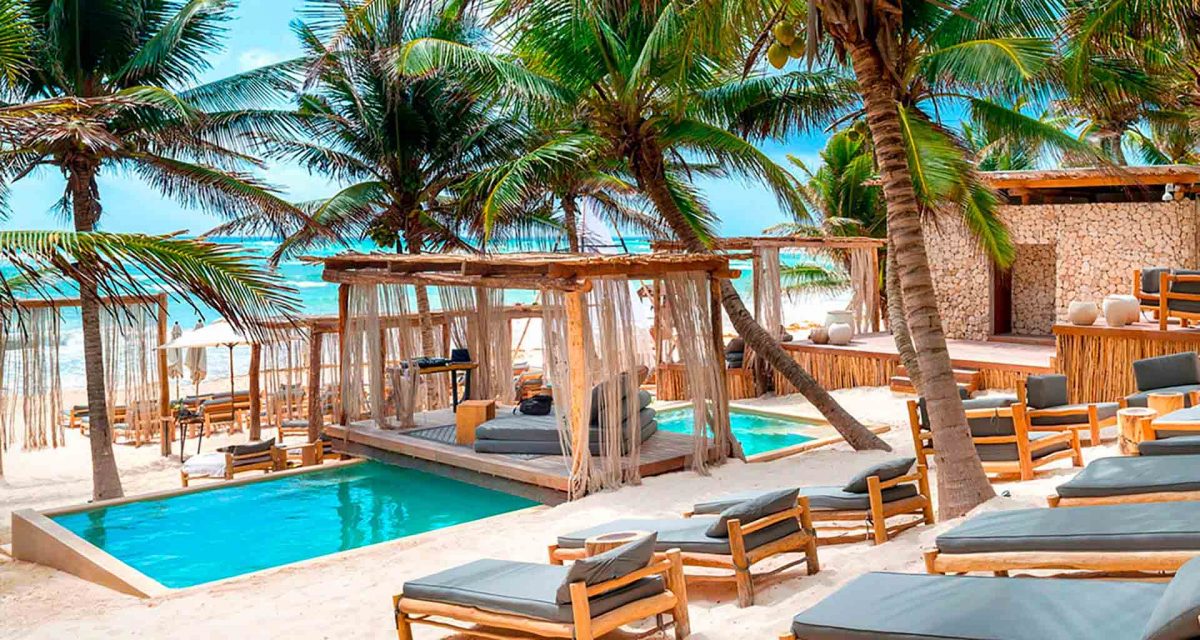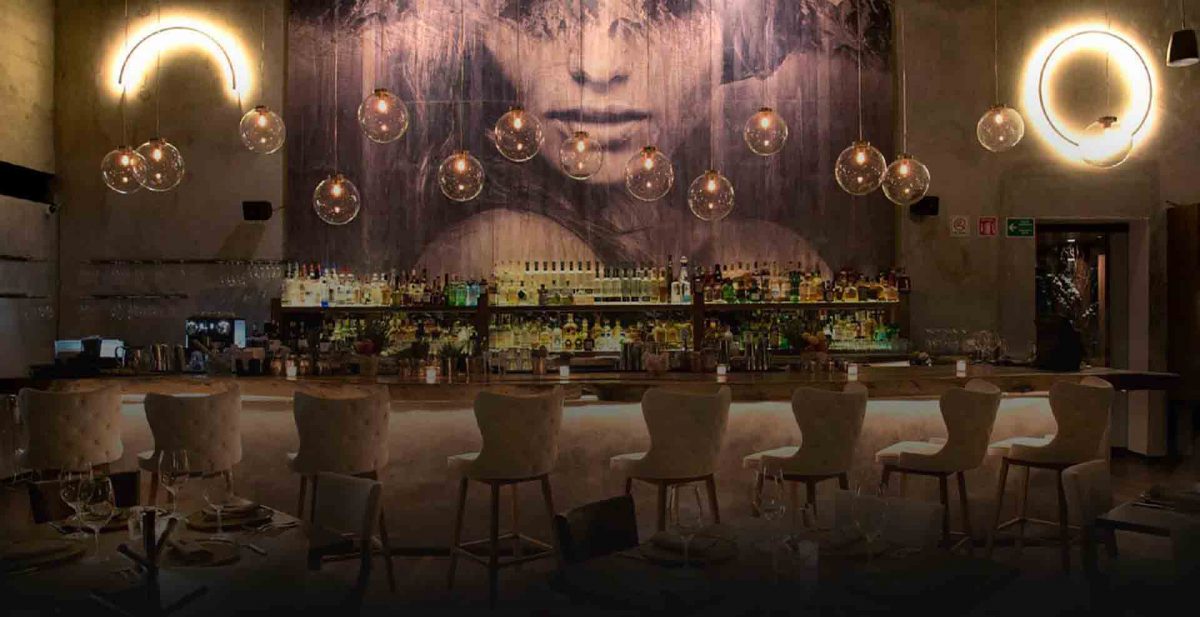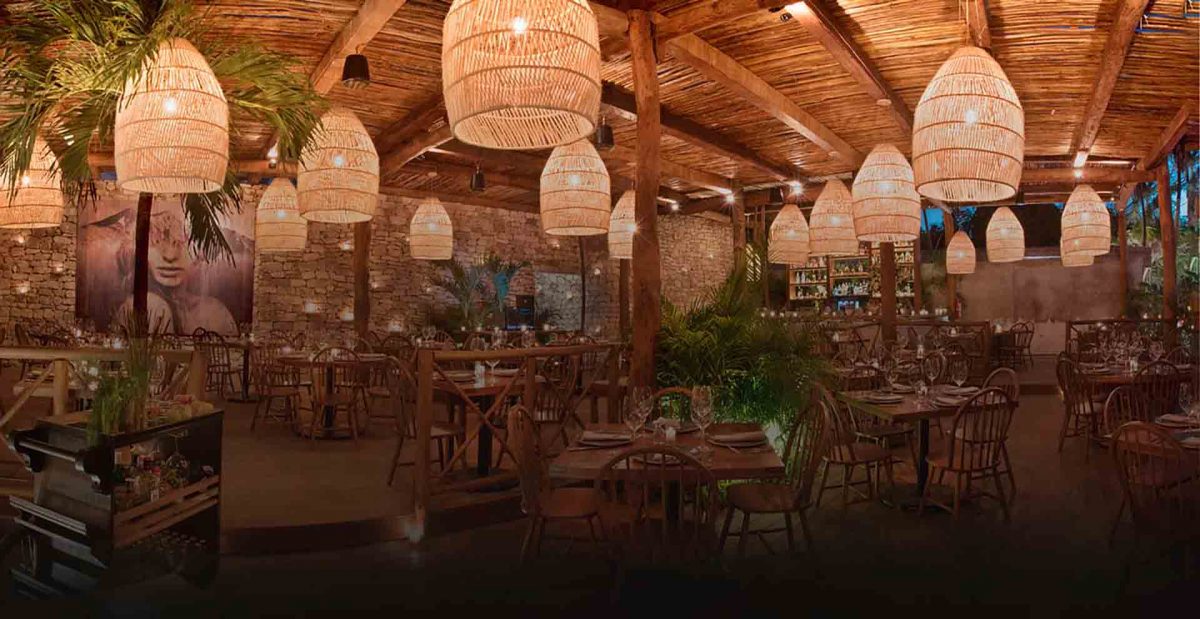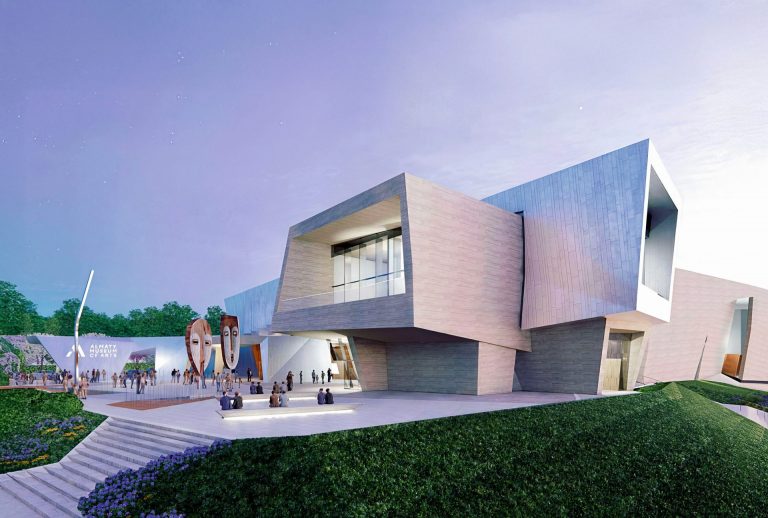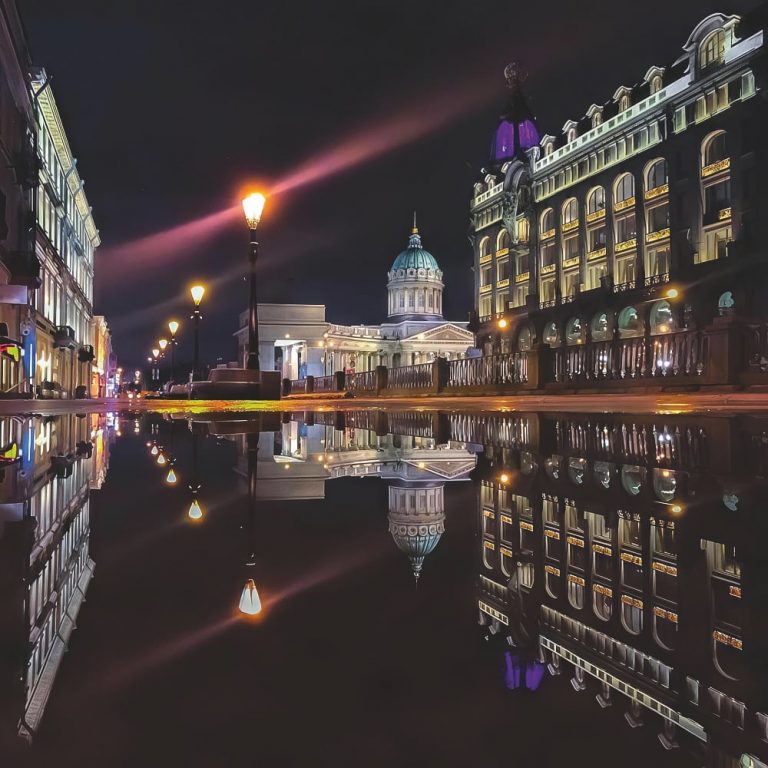The turquoise-colored sea that literally hurts the eye, the picturesque ancient city on a high cliff surrounded on three sides by jungle, the beaches with dazzling white sand – today it all serves as the setting for the fashionable party, which celebrates life in Tulum year-round and around the clock. You go to bed in the morning and get up for dinner, and the parties go almost 24 hours nonstop. The rich and beautiful people come here, and the list of celebrities is endless: Alessandra Ambrosio, Drew Barrymore, Cameron Diaz, Reese Witherspoon, Paris Hilton, Demi Moore, Richard Gere, Miranda Kerr, Al Pacino, Leonardo DiCaprio, Sienna Miller, Catherine Zeta-Jones, Michael Douglas, Evan McGregor, Renee Zellweger, Justin Bieber, Heidi Klum, and Ksenia Sobchak finally…
That said, Tulum does not have the traditional resort pathos of the “expensive-rich” style. Here one is not just selling a hotel room or a place on the beach, but a concept. The motto of the resort resonates with the philosophy of the hippies: ecology, closeness to nature, fraternity of interests, self-discovery, and freedom, which is limited only by the freedom of others. Tourists here are allowed everything – well, almost everything, at a price, of course.
Make art with me
The current fashion for Tulum is largely fuelled by the Art With Me festival, which was first held at the resort in 2018 and has been staged annually ever since. Designed to act as a bridge between tourists and the local community, the program includes contemporary art and craft exhibitions featuring local artisans, as well as educational lectures and discussions, concerts, DJ sets and dances, happening sessions and performances, tastings and dinners with celebrity chefs, wellness guru tours and various wellness activities such as traditional Indian temazkal baths, group yoga classes or breathing exercises. In many ways, Art With Me was inspired by the experimental Burning Man festival, which has been taking place since 1986 in Nevada and has since become a cult event in the USA, which makes sense because the vast majority of tourists on Mexico’s Caribbean coast are American.
Tuluminati code
This is the ironic name given to the Tulum regulars by analogy with the Illuminati. It’s true that in the past few years, this fashion has become more and more fashionable and a hat brand of the same name has even been launched in Mexico. However, this does not detract from the aesthetics of the phenomenon, which is also perfectly in line with the resort’s ecological concept. After all, Prada is not the only one, and that’s fine.
In the footsteps of the Maya
Tulum, an ancient fortress town, was founded in the 13th century and served as the sole maritime port of the Mayan civilization. It was built at the beginning of the 16th century right on the coast, on high cliffs. It was one of the few Mayan towns to thrive until the arrival of the Spanish conquistadors (most Mayan settlements were by then in decline and abandoned by the local population). The Spanish conquistador Juan Diaz first mentioned Tulum in his diary in 1518 and compared its beauty with Seville, Spain.
Today, the archaeological area of Tulum is open to tourists. There are 13 ancient architectural structures preserved behind the fortress wall. Most interesting is what has become a symbol of the resort. Twelve metres high, its architecture resembles that of a medieval European castle – hence its name, El Castillo, given by the Spaniards. The facade above the staircase is decorated with an image of the writhing, feathered serpent Kukulkan, the supreme Mayan deity. The castle was used for various religious rituals and celebrations. There is even a surviving dance floor in the centre.
In order to get an idea of what the Mayan aristocracy looked like six centuries ago, you can see in the Temple of Frescos: in addition to wall paintings and bas-reliefs of deities and people, on the facade you can see the classic Mayan profile, whose forehead and nose form one straight line. Such a profile was formed artificially: children of the elite had a straight plank fixed on their heads as infants, causing the bones to deform. It was a kind of “blue blood” marker.
Natural Wonders
Still, Tulum would not be a popular resort without the amazing nature and rich underwater world around it. The main local treasure is the Sian Ka’an Biosphere Reserve, protected by UNESCO. It is located 10 km south of Tulum and covers more than 5,000 square kilometers. It’s a third of Mexico’s entire Caribbean coastline. The reserve’s tropical and mangrove forests are inhabited by over a hundred species of animals, including such exotic “rarities” as tamandua, puma, kinkajou, coati, tapir, howler monkey, margay, ocelot, and jaguar. The coastline is home to rare species of turtles and the adjacent waters of the Caribbean Sea host part of the Mesoamerican Barrier Reef, an excellent diving site. Fans of lake fishing will also enjoy the reserve as the Boca Paila lagoon mixes fresh water from its underground springs with seawater to create a unique ecosystem.
The cave system of Sac Actun, the longest in the world (about 372 km long, with most of it hidden underwater), is located in the vicinity of Tulum, as well as several cenotes – natural karst wells filled with the purest water. Historically, the cenotes were used by the Maya for religious ceremonies and sacrifices and today many, such as Dos Ojos, Chac Mool, Tortuga and the Grand Cenote, are bathing areas and attract divers.
Hotels and Restaurants
Unlike other Caribbean resorts in Mexico, there are no global luxury hotel chains or large all-inclusive resorts in Tulum. The local “thing” is the ecological bungalows in the middle of the jungle and small conceptual boutique hotels. One of the most interesting is Casa Malka, the former residence of Pablo Escobar, which was bought by Brazilian collector Leo Malka. The hotel abounds with pieces of art from the owner’s collection, which is constantly being changed and updated.
Another popular hotel in the resort is the Azulik Artistic Residences complex with its innovative landscaping and unique SFER IK museum. The architecture and art objects of the complex are created from natural materials – plants, vines, stone, and ceramics. The Habitas Glamping is also designed for eco-chic fans, with a choice of tents in the jungle, on the beach or by the pool.
Tulum is also excellent for its gastronomy. Among the trendiest establishments are the avant-garde Japanese restaurant Tora with multi-level terraces overlooking the sea, the Rosa Negra steakhouse (almost all interior pieces are made of parrot wood) with DJ candle parties and percussionist shows, Taboo Beach Club with Mediterranean cuisine, Greek Ilios, Funky Geisha, inspired by Pan-Asian street food traditions… Most restaurants are both beach clubs by day and mind-blowing parties by night. You’ll sleep at home, or on the beach in the morning…
Photo: pinterest.ca, azulik.com, ru.restaurantguru.com, coolhunting.com, shutterstock, ordanoutside.com, Daniel Popper/stirworld.com, Peter Ruprecht/stirworld.com.

